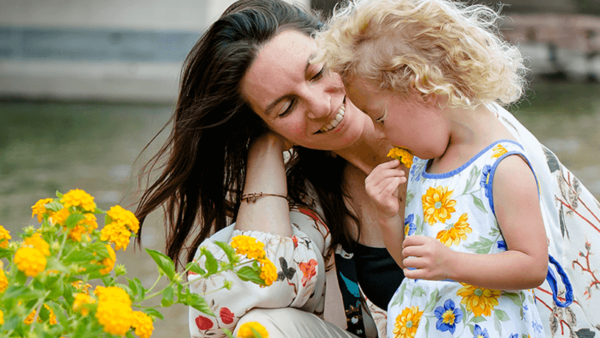How did your great grandma first learn about sex?
I bet it wasn’t from a book, and it probably wasn’t even human sex she learned about first. Chances are, she lived near a farm or a field, and spent a lot of time outdoors. I bet she saw some animals having sex, asked what they were doing, and first learned about the birds and the bees from…well…the birds and the bees. Even if she lived in a town, she might have seen stray dogs and cats mating (quite a spectacle: the female cats howl – I imagine those penile spines hurt upon withdrawal – and the dogs get stuck “tied” together).
Many of us aren’t raising our kids on farms or near wild animals, and when they happen upon monkeys mating at the zoo we blush and turn away. For the most part, we’re actively preventing our kids from learning about sex from the animal kingdom.
But this is a great approach, and with the magic of storytelling and videos online, we can all teach our curious kids about sex by talking about animal sex first.
I know what you’re thinking – why the heck would I suggest that?! Here’s why:
- Kids love animals, so it’s an easy launch point. You’re telling stories about why animals are they way that they are, why they behave the way they do, and this feels like important information to kids. They feel like they understand the world better – and they do.
- It makes you the expert. When it comes to sex and relationships, I always want to set you up as the expert, the one with the best explanations, so that your kids turn to you first, not their peers.
- Human sex is really totally normal and downright boring compared to animal sex. Really. If you’re talking about the wild things animals do, not only are you practicing conversations about sex, but when you get around to talking about what people do, we’re actually quite tame. (Yah, kink ain’t nuthin’.)
I love biology, so I’m inclined to a) know some reproductive biology and b) enthusiastically share. Does this mean I’m telling my 3 year old about weird animal sex? Nope nope nope.
If you’ve been following my stuff for a while, you’ll know that I recommend explaining where babies come from (human babies) using a book, ideally when your child is 5. We need to talk about humans because that’s what your child is curious about and because sharing this information early protects against adverse childhood experiences like child sexual abuse and porn exposure.
A talkative curious child might continue asking questions over the next several years, and you might smoothly transition to talks about puberty and middle school relationships. For many families, however, there’s a gap. Conversations about sex dry up and it might be a challenge to start them up again. Bringing in some reproductive biology can…um…lubricate things again.
It could be that, out of nowhere, your 9 year old starts asking a bunch of zinger questions that you’re not quite ready to answer. Animal sex might be a great place to start. It’s a nice warm up for the adults and it will give your child a lot of context.
If your child is the curious type, asking those zingers, it could look something like this:
Kid: “Mom, what does semen look like?”
Mom: “That’s a great question. Not much really, kind of like snot. But watching coral spawn is really beautiful. They release sperm and eggs out into the water. Want to see?” Then show this video.
Or…
Kid: “Is it weird for a girl to change into a boy?”
Dad: “What a great question. There are certainly some girls who become boys and some boys who become girls, so I wouldn’t call it weird. Not to mention that it’s totally normal for tropical fish – it’s weird to find one of them that doesn’t change.“
Or maybe…
Kid: “Why does Jamie have two moms? I thought it takes a mom and a dad to make a baby…”
Grandma: “Excellent question. You’re right that it takes a man and a woman for humans. But not for some lizards…there’s one species which has no males. Two females pair up and take turns helping each other become pregnant. And lots of sea birds do what Jaimie’s moms did – they need a male to get pregnant but then the female pair raises the babies.”
To do this, you’ll need to know some reproductive biology. And now you’re curious, right?
Reproductive biology – a quick overview
Sex was invented quite early, by the first lifeform, bacteria. It turns out that cloning a million copies of yourself has a major drawback: as soon as the environment changes enough to kill you, it kills off all the clones as well. Passive mutation is too slow a process.
Sex creates genetic diversity quickly and efficiently. For this reason, while many life forms have a way to reproduce asexually (cloning themselves), they also reproduce sexually – all of them.
Animals evolved in the ocean. Those which produce the larger sex cell are labeled “female” and those which produce a smaller one are labeled “male”. The first animals were super simple, like sponges, and released their sex cells into the water. Both types of sex cells swim and find each other.
Later, as animals became mobile, two individuals from the same animal species would find each other and choose to mate. In the water, they release their sex cells in a chosen area, and sperm swim to eggs.
Notice that this is external fertilization. No need for penetration. No need for a penis. That evolved later.
So you see, it’s relatively easy for fish, shrimp, oysters, and so on to change sex. They don’t need to grow new organs. They simply switch from making small sex cells to making larger ones, and release them into the water through the same passageway.
Then came the challenge of moving out onto land. Suddenly sperm couldn’t swim to eggs.
The land animals had to evolve a sperm-delivery mechanism. Some wrap up their sperm and gift the sperm packet to the female, hoping she’ll accept it. Most land animals developed some version of a penis.
Some of those land animals returned to the water. That’s why aquatic reptiles and mammals continue to internally fertilize using penises.
Some Interesting Examples of Animal Reproduction
Now that you have the big picture, let’s fill in some interesting details. Many species use sex as a bonding ritual. Bisexual and homosexual behavior are relatively common. For many, sex is pleasurable, and many species masturbate with paws, flippers, tongues and tools. Animals have developed some wacky ways of making babies.
Here are a few highlights:
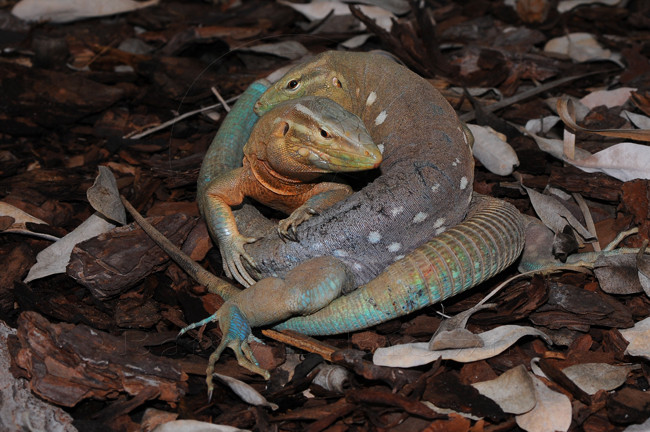
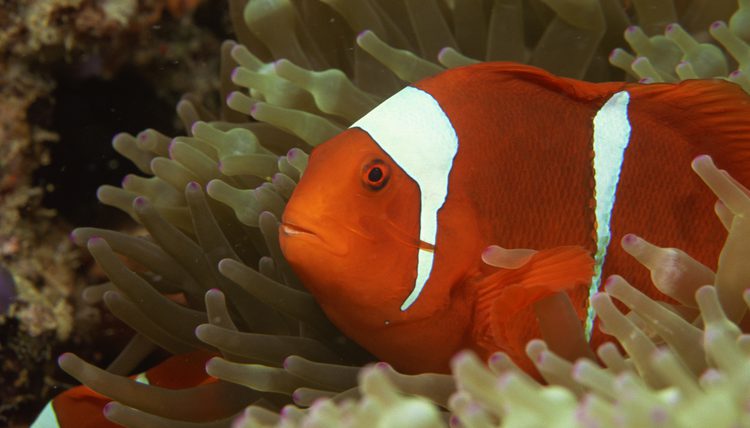
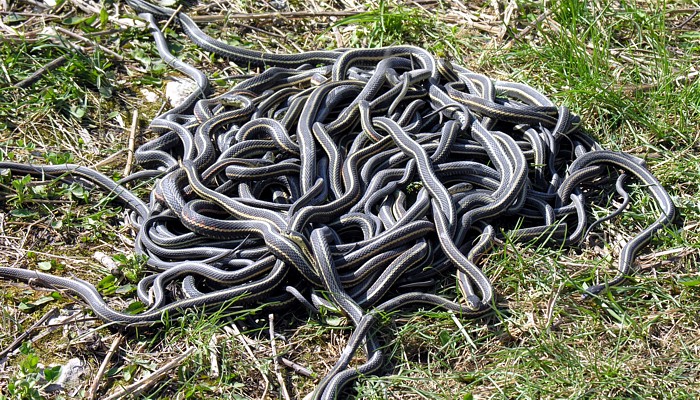
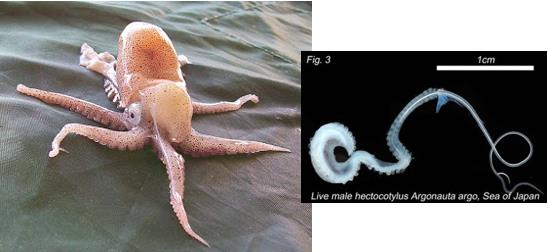
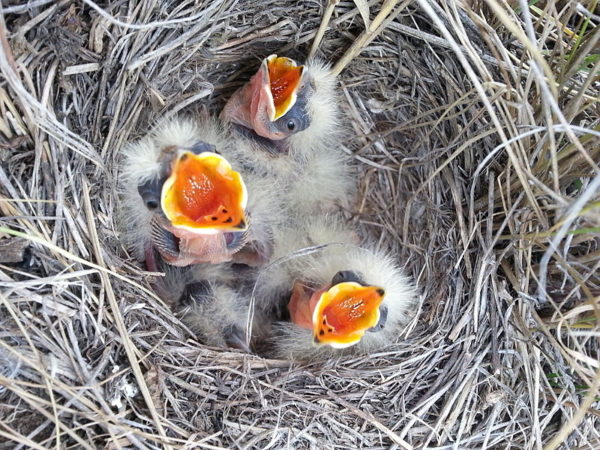
What about male-female power dynamics?
While the females make the larger investment in the egg cell, by definition, that doesn’t mean the males get to love ‘em and leave ‘em. The males might make the smaller investment in terms of sex cells, but that doesn’t means they’re necessarily free to go off and live a care-free sow-their-wild-oats kind of life.
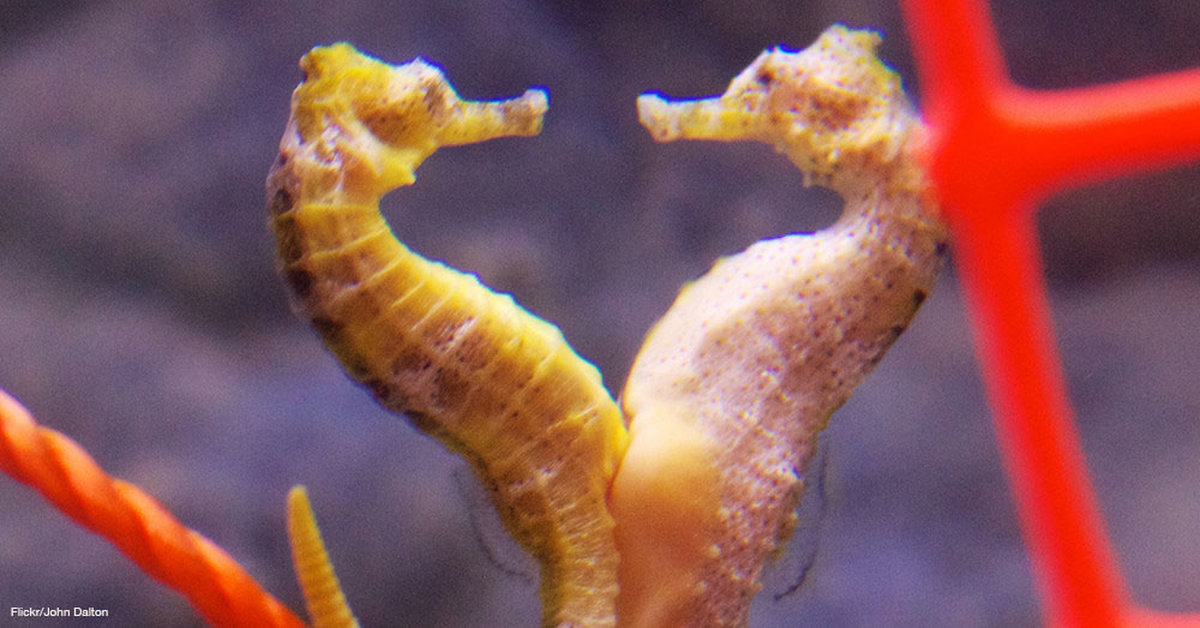
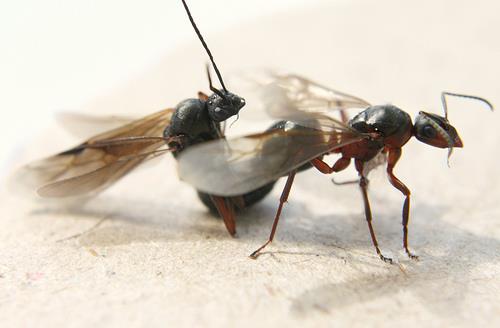
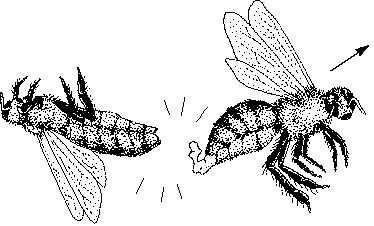
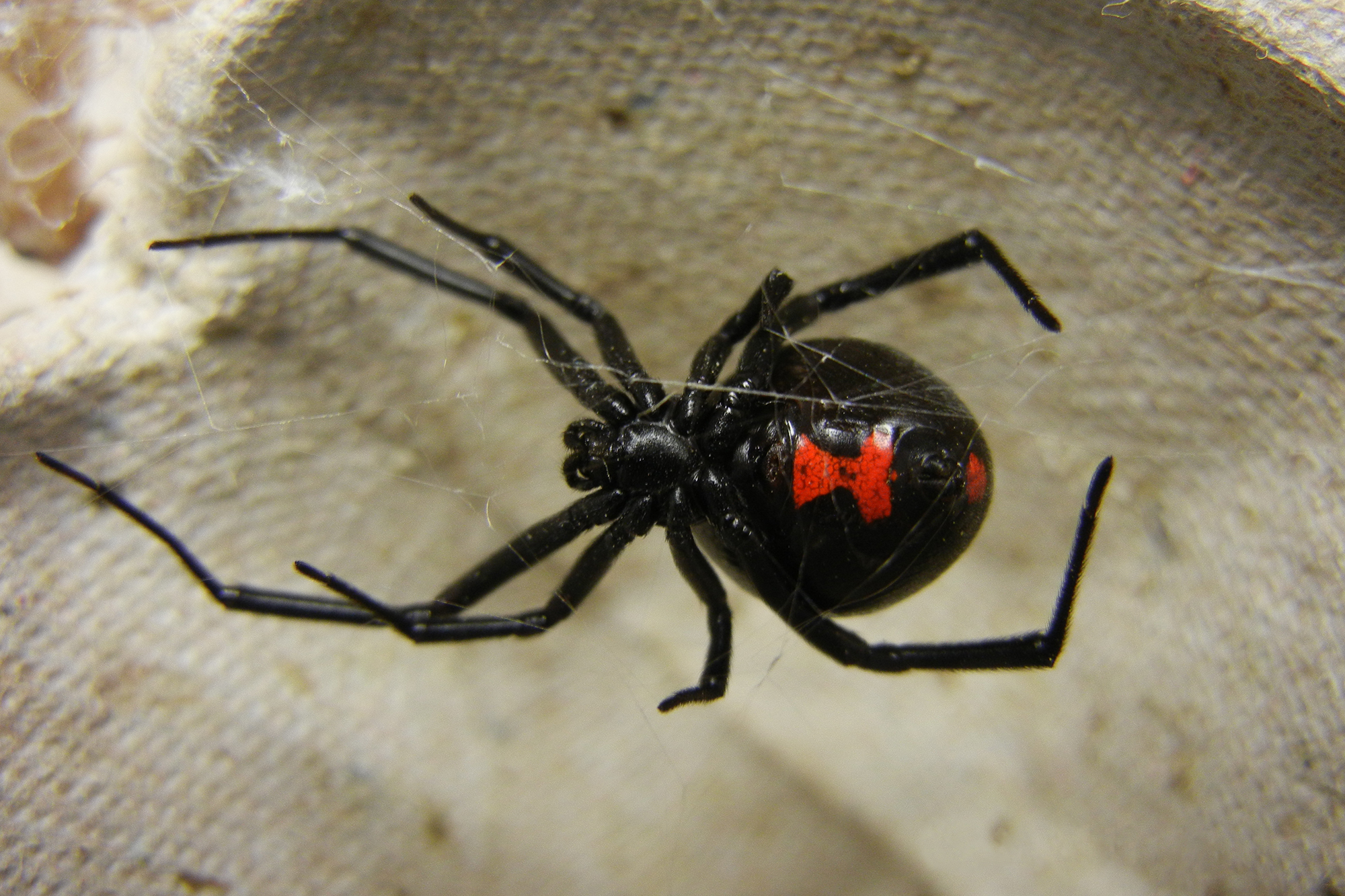
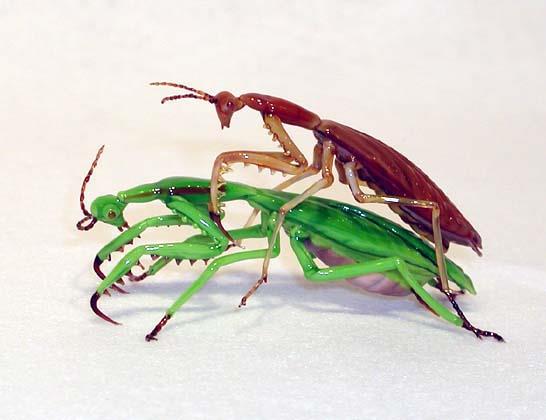
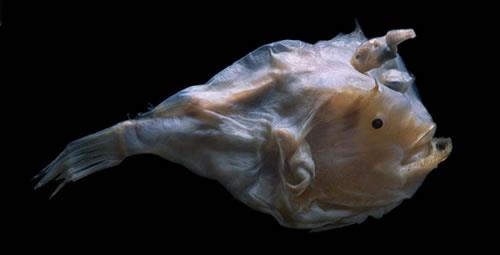
What about kink?
Animals can’t tie each other up with rope or lick their partner’s shoes…but I bet they would if they could. They don’t have access to human-made objects like leather or lingerie. Even so, here are some examples of animal kink.
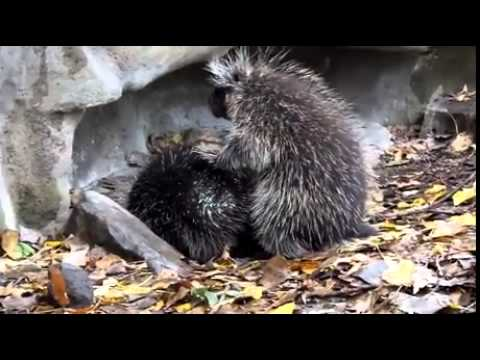
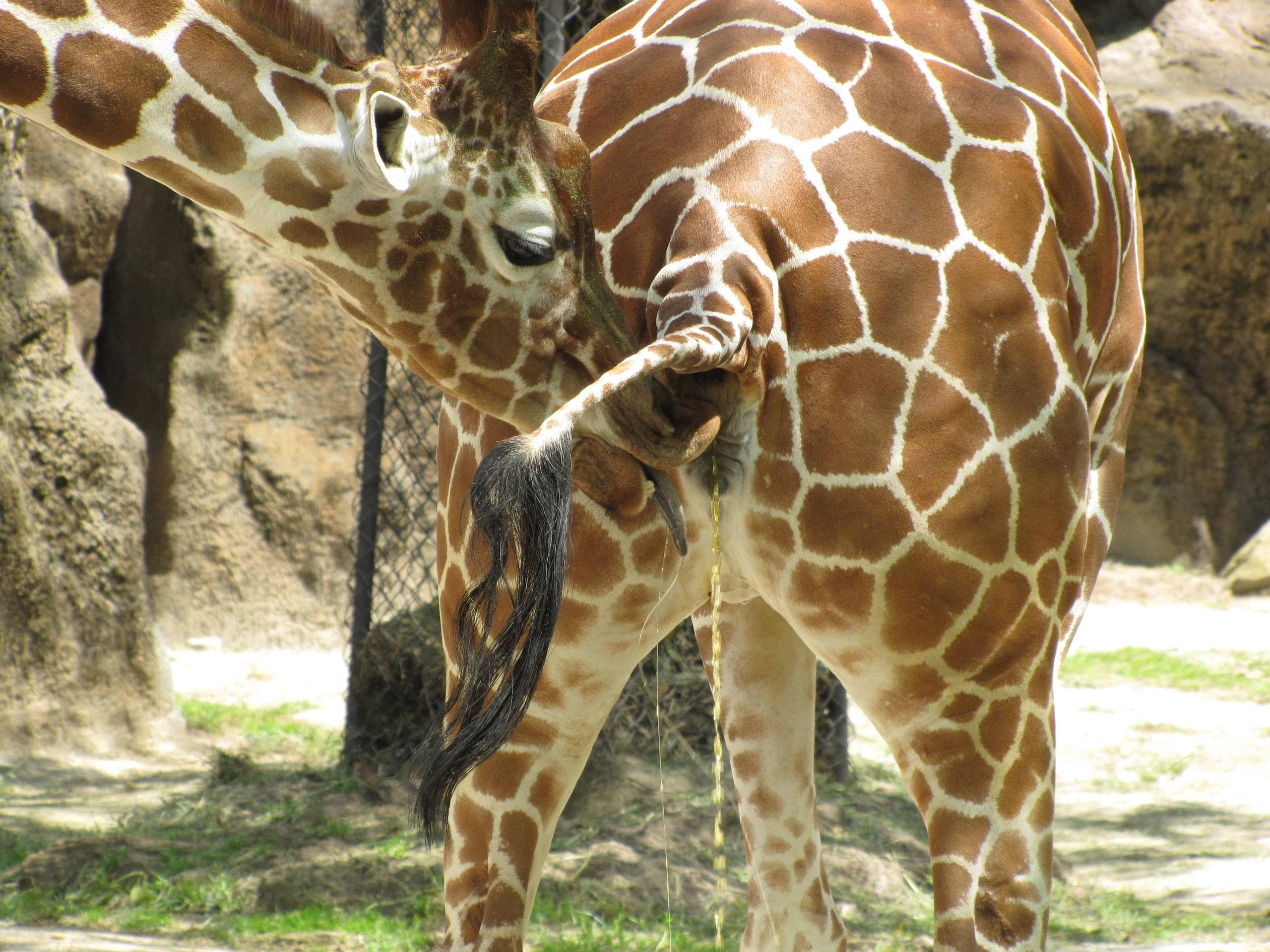
What about sexual violence?
Unfortunately, humans don’t have the monopoly here, not even close. Many species reproduce only through non-consensual intercourse. There’s even something worse, called “traumatic insemination”.
**Trigger warning: these examples of sexual violence may be disturbing to some people.**
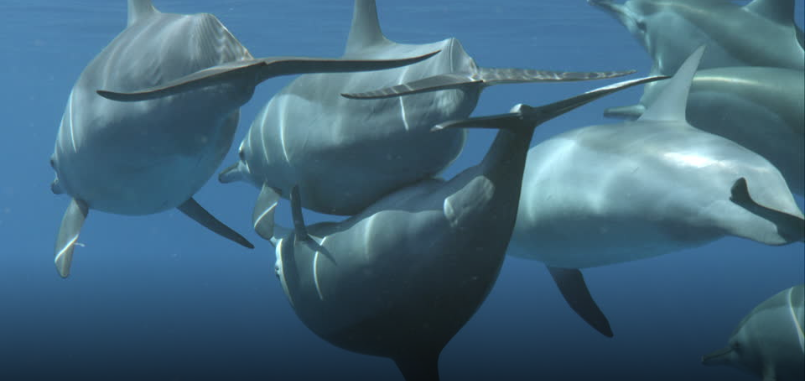
Unfortunately, they often reproduce via gang rape. The females are isolated by gangs of males, surrounded, and forcibly penetrated. The females bolt, attempting to escape from the male alliances, but only succeed about 25% of the time.
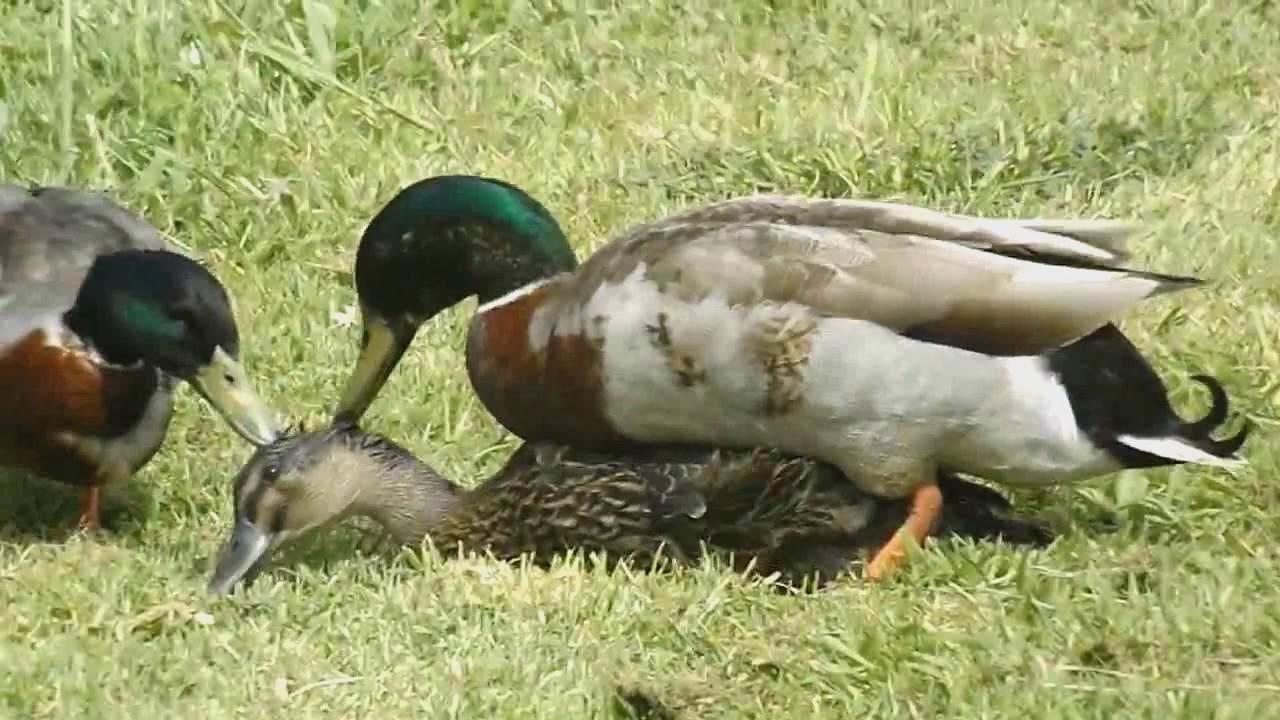
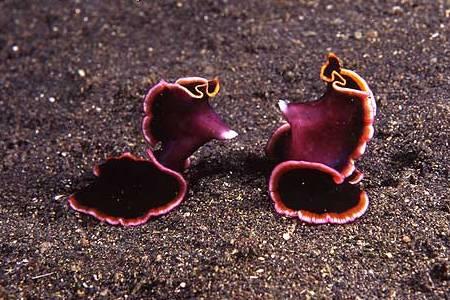
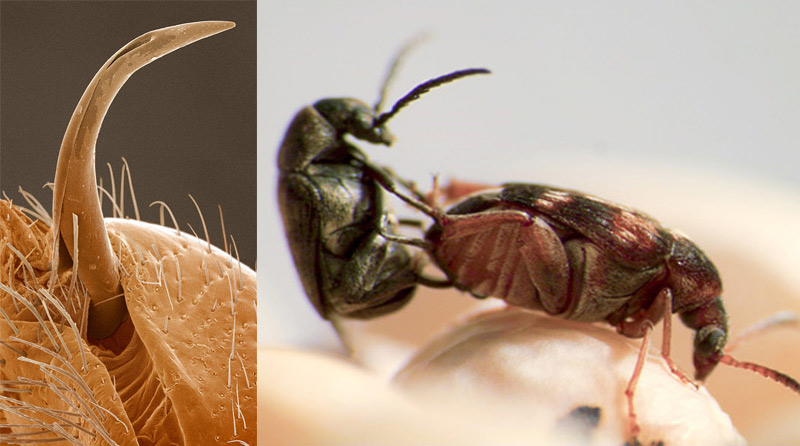
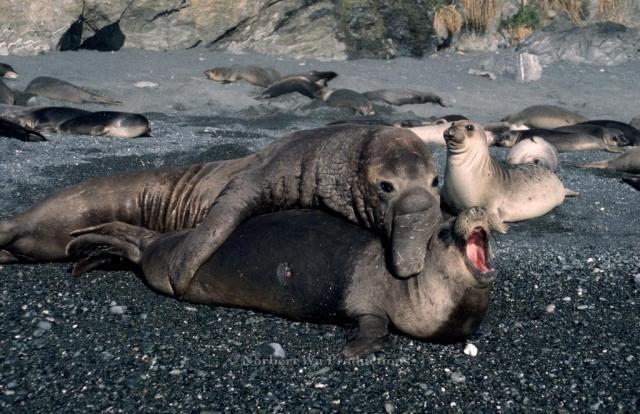
Now you know…
Humans don’t have particularly interesting sex or reproduction. Bisexuality, homosexuality, transsexuality and masturbation are well documented in animals. So are the darker aspects, from rape and sexual assault to child abandonment to child sexual abuse, .
Our females can’t self-impregnate, our vaginas don’t have flaps or false passageways, and we never eat our mates.
Our males are not as self-sacrificing as the black widow spiders, nor as violent as the dolphins and elephant seals. The human penis doesn’t tie like a dog’s does, doesn’t have spines like a cat’s, isn’t cork-screw shaped like a duck’s, doesn’t have a bone like a dolphin’s, doesn’t explode like a honey bee’s, nor is it good for fencing.
Sorry, friends. We’re kinda boring.
Fascinate your child with stories about animal sex. It’s a great way to get used to saying the words, to generate questions about relatively neutral territory, and to ease your way into heavier topics.
In support of you,
Anya
P.S. The idea for this blog post originated in our Parent Support Group, which you can join directly or as part of our new library membership. Get the discussion and access to all the webinars and interviews for $1 a day (price goes up July 1).






